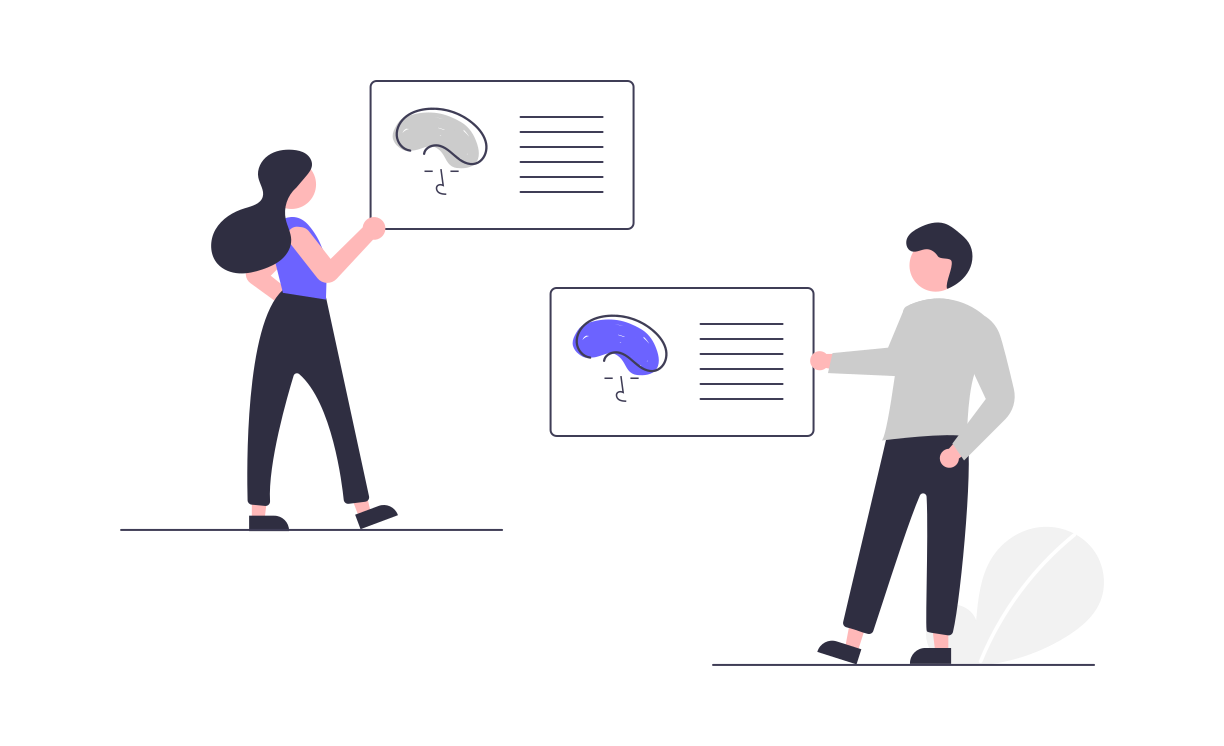Behavioral segmentation is a marketing strategy that divides consumers into distinct groups based on their behaviors, including their interactions with products and services. This approach allows businesses to tailor their marketing efforts more effectively by understanding and responding to the specific actions and preferences of different segments of their audience. Let's delve into the details of behavioral segmentation, its benefits, and how it can be implemented successfully.
Understanding Behavioral Segmentation
Behavioral segmentation categorizes customers based on various behaviors they exhibit, such as:
- Purchase Behavior: Frequency of purchases, average order value, and purchase history.
- Usage Behavior: How often and in what ways customers use a product or service.
- Loyalty: Degree of brand loyalty, including repeat purchases and customer lifetime value.
- Engagement: Interaction with marketing materials, website visits, email opens, and social media activity.
- Occasion-Based: Purchases made for specific occasions or events, like holidays or birthdays.
- Benefit Sought: Specific benefits or features customers seek in a product.
Benefits of Behavioral Segmentation
- Enhanced Personalization: By understanding specific behaviors, marketers can create highly personalized campaigns that resonate with individual customer needs and preferences.
- Improved Customer Retention: Targeted strategies can improve customer satisfaction and loyalty, encouraging repeat business.
- Efficient Resource Allocation: Businesses can focus their marketing resources on the most valuable segments, maximizing ROI.
- Better Product Development: Insights from behavioral data can inform product improvements and innovations that align with customer needs.
- Increased Engagement: Tailored marketing efforts lead to higher engagement rates as customers receive more relevant content and offers.
Implementing Behavioral Segmentation
- Data Collection: Gather data from various touchpoints such as website analytics, purchase history, customer feedback, and social media interactions. Tools like CRM systems and marketing automation platforms can aid in this process.
- Data Analysis: Analyze the collected data to identify patterns and trends. Segment customers based on identified behaviors using clustering techniques or predictive modeling.
- Profile Creation: Develop detailed profiles for each segment, outlining key behaviors, preferences, and demographics.
- Targeted Campaigns: Design and implement marketing campaigns tailored to each segment. Personalize messages, offers, and communication channels to match the specific behaviors and preferences of each group.
- Continuous Monitoring: Regularly track the performance of segmented campaigns and adjust strategies based on ongoing data analysis and feedback.
Examples of Behavioral Segmentation in Action
- E-commerce: An online retailer segments its customers based on purchase frequency. High-frequency buyers receive loyalty rewards and exclusive offers, while occasional buyers are targeted with re-engagement campaigns.
- SaaS Companies: A software company tracks user engagement with its platform, segmenting users into heavy, moderate, and light users. Heavy users are offered advanced features and upsell opportunities, while light users receive tutorials and support to increase their usage.
- Hospitality Industry: A hotel chain segments guests based on travel occasions, such as business or leisure. Business travelers are offered expedited check-in and workspace amenities, while leisure travelers receive family packages and local experience recommendations.
Challenges and Considerations
While behavioral segmentation offers numerous advantages, it also comes with challenges:
- Data Privacy: Collecting and using behavioral data must comply with data protection regulations, ensuring customer privacy is maintained.
- Data Accuracy: The quality and accuracy of the collected data are crucial. Inaccurate data can lead to misinformed segmentation and ineffective marketing strategies.
- Resource Intensive: Implementing behavioral segmentation requires significant resources in terms of technology, data analysis, and personnel.


